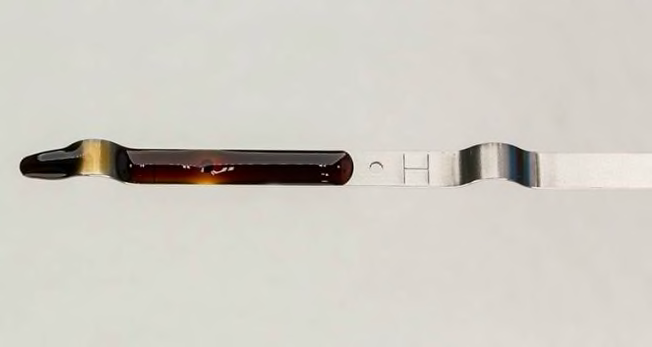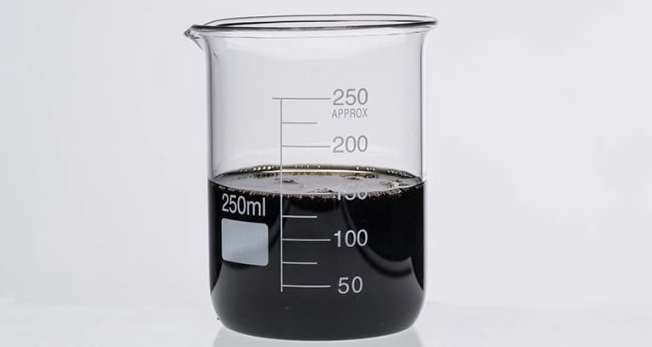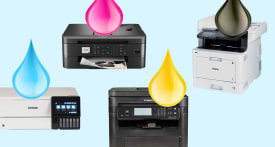How to Check Your Car's Engine Oil
A 1-minute DIY task can keep your car healthy and running smoothly

Think of motor oil as the life’s blood of your car’s engine. Checking it on a regular basis is a key part of keeping your engine running well and getting the most miles out of it. The oil lubricates the engine’s internal moving parts, keeping them from wearing too quickly. It also helps keep the engine clean, by preventing dirt buildup, and helps keep it from overheating.
Checking the oil level is a quick, easy job that we recommend you do at every other gas fill-up. All you’ll need is a rag or paper towel, and your car’s owner’s manual if you have questions.
If you haven’t been driving the car, you may need an oil change: Oil lasts about six months before it needs to be changed, whether you run the engine or not.
More car maintenance and repair tips from Consumer Reports.

Photo: John Powers/Consumer Reports Photo: John Powers/Consumer Reports
Engine Oil, Check!
First, check the owner’s manual and follow the automaker’s recommendations. Some newer cars have an electronic oil monitor and don’t have a traditional dipstick for manual inspection.
If you’re checking the oil yourself, make sure that the car is parked on level ground and, with most cars, that the engine is cold, so you don’t burn yourself on a hot engine part. (For some cars, the automaker recommends that the oil be checked after the engine has been warmed up.) With the engine off, open the car’s hood and find the dipstick. Pull the dipstick out from the engine and wipe any oil off from its end. Then insert the dipstick back into its tube and push it all the way back in.

Photo: John Powers/Consumer Reports Photo: John Powers/Consumer Reports
Pull it back out, and this time look at both sides of the dipstick to see where the oil is on the end. Every dipstick has some way of indicating the proper oil level, whether it be two pinholes, the letters L and H (low and high), the abbreviations MIN and MAX, or simply an area of crosshatching. If the top of the oil “streak” is between the two marks or within the crosshatched area, the level is fine.
But if the oil is below the minimum mark, you need to add oil as described below.

Photo: John Powers/Consumer Reports Photo: John Powers/Consumer Reports
Also, check the oil’s color. It should appear brown or black. But if it has a light, milky appearance, this could mean coolant is leaking into the engine. Look closely for any metal particles, too, as this could mean there is internal engine damage. If you see either of these conditions, get the car to a mechanic for further diagnosis. If you suspect a coolant leak, have the car towed.
If everything’s okay, wipe off the dipstick again and insert it back into its tube, making sure it’s fully seated. Close the hood and you’re done.
How to Add Engine Oil
Use the grade of oil recommended in the owner’s manual. It will usually have a designation such as 0W-20 or 5W-30. You can buy it by the quart at any service station or auto-parts store, as well as in many supermarkets and discount retailers.
Car Maintenance Myths
There are a lot of misconceptions when it comes to keeping your car running smoothly. On the “Consumer 101” TV show, host Jack Rico learns from Consumer Reports’ expert Jon Linkov the truth behind some of the biggest maintenance myths.















